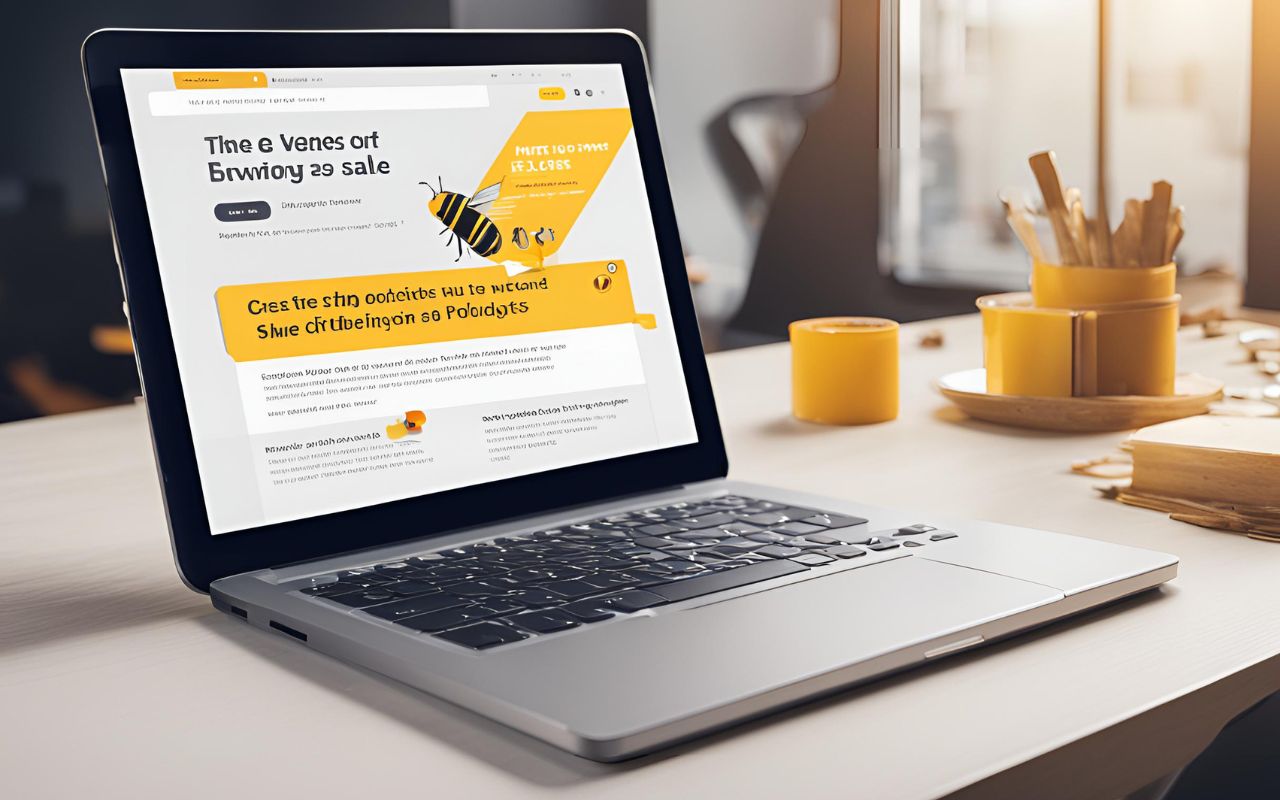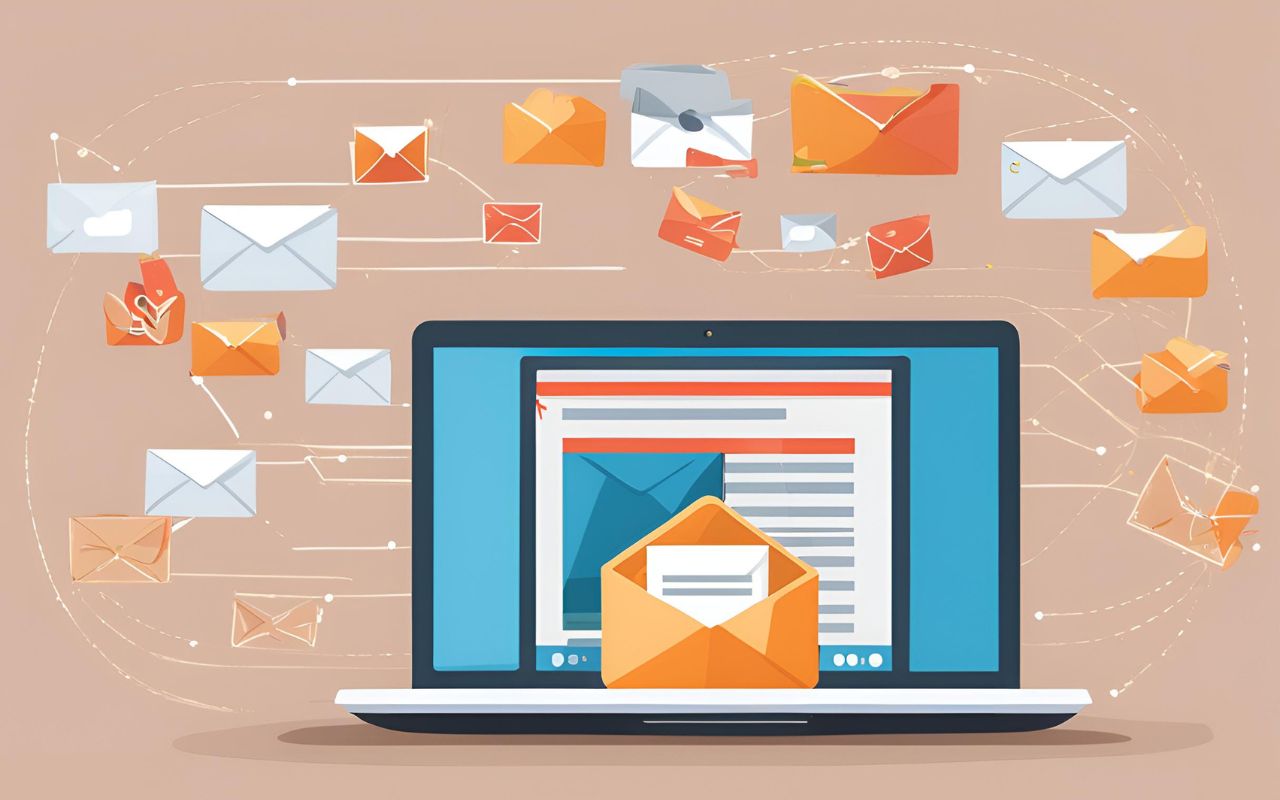
In the competitive world of email marketing, your subscriber list is one of your most valuable assets. But with great power comes great responsibility, and managing unsubscribes and opt-out requests is a critical aspect of this responsibility. Mismanaging these requests can lead to compliance issues, damage your brand reputation, and ultimately diminish your audience engagement. Understanding how to navigate these waters not only keeps you compliant with laws like GDPR and CAN-SPAM but also helps build trust and loyalty among your subscribers.
What Are Unsubscribes and Opt-Out Requests?
Unsubscribes and opt-out requests occur when a subscriber decides they no longer wish to receive communications from your brand. This action can be triggered by several factors, such as irrelevant content, too frequent emails, or simply a change in their needs or preferences. When a subscriber opts out, they’re exercising their right to privacy and control over their personal data. Respecting this decision is crucial, not just for legal compliance but for maintaining a positive relationship with your audience.
Why Proper Management Is Important
Managing unsubscribes and opt-out requests correctly is vital for several reasons. Firstly, it’s a matter of legal compliance. Regulations like the GDPR, CCPA, and CAN-SPAM Act impose strict guidelines on how businesses must handle these requests, and failure to comply can result in hefty fines. Secondly, it’s a matter of trust. When subscribers feel they have control over the communications they receive, they’re more likely to engage with your brand in a positive way, even if they choose to unsubscribe. Finally, proper management helps maintain the integrity of your email list, ensuring that your messages are reaching an audience that is genuinely interested in your content.

9 Proven Strategies to Manage Unsubscribes and Opt-Out Requests in Email Marketing
1. Implement an Easy-to-Use Unsubscribe Process
Make It Simple and Visible
The first and perhaps most important strategy in managing unsubscribes is to make the process as straightforward as possible. The unsubscribe link should be clearly visible in every email, typically placed in the footer. A study by Litmus found that 47% of email recipients mark emails as spam because they couldn’t easily find the unsubscribe option. Avoid this by ensuring the link is prominently displayed and easily accessible.
Offer One-Click Unsubscribing
To streamline the process, consider implementing a one-click unsubscribe option. This eliminates the need for additional steps, reducing friction and frustration for the user. Services like Mailchimp and ActiveCampaign offer customizable unsubscribe processes that can be tailored to your brand’s needs.
2. Provide Granular Unsubscribe Options
Allow Users to Choose
Instead of a blanket unsubscribe option, offer subscribers the ability to opt-out of specific types of emails. For instance, they might choose to receive only newsletters but not promotional offers. Granular unsubscribe options help retain subscribers who might otherwise completely disengage from your brand.
Tailor Preferences
Platforms like HubSpot and Constant Contact enable you to create detailed preference centers where users can tailor their email experience. By giving subscribers control over the frequency and type of content they receive, you reduce the likelihood of total opt-outs and maintain a more engaged audience.
3. Confirm Opt-Out Requests
Send a Confirmation Email
After a subscriber requests to unsubscribe, it’s good practice to send a confirmation email. This not only confirms their decision but also provides a final opportunity to adjust their preferences. This email should be concise, respectful, and include a link to resubscribe or modify their preferences if they change their mind.
Use It as a Feedback Opportunity
You can also use the confirmation email to gather feedback on why they’re opting out. A simple, optional survey can provide valuable insights into your email strategy’s effectiveness and areas for improvement. Tools like SurveyMonkey can help you easily integrate feedback collection into your unsubscribe process.
4. Respect Their Decision Immediately
Ensure Timely Removal
When a subscriber opts out, their request should be processed immediately. Delays can lead to frustration and potentially damage your brand’s reputation. Most email marketing platforms, including Mailchimp and Campaign Monitor, automatically update your list when an opt-out request is made, ensuring compliance and maintaining trust.
Avoid Accidental Emails
To prevent any accidental emails after an unsubscribe request, ensure that your marketing systems are synchronized. This is particularly important if you’re using multiple platforms or if your email list is segmented across different campaigns. Double-check that unsubscribed contacts are removed from all future sends.
5. Keep a Record of Unsubscribe Requests
Maintain a Log
For both legal compliance and operational efficiency, it’s essential to maintain a record of all unsubscribe requests. This log should include details such as the date and time of the request and any actions taken afterward. Platforms like Salesforce provide robust data management capabilities that can help automate this process, ensuring that records are accurate and easily accessible.
Use the Data for Compliance
These records can be crucial in case of a dispute or regulatory audit. By maintaining detailed logs, you protect your business from potential legal challenges and demonstrate your commitment to data privacy.
6. Monitor Unsubscribe Rates Regularly
Analyze Trends
Unsubscribe rates can provide valuable insights into the effectiveness of your email marketing strategy. Regularly monitor these rates to identify any sudden spikes, which could indicate issues such as irrelevant content, too frequent emails, or poorly targeted campaigns. By understanding the reasons behind unsubscribes, you can make data-driven decisions to refine your approach.
Compare Against Industry Benchmarks
Use industry benchmarks to assess whether your unsubscribe rate is within a healthy range. Tools like Campaign Monitor offer comprehensive analytics that allow you to compare your metrics against industry standards. This benchmarking helps you identify whether your unsubscribe rate is a cause for concern and what adjustments may be necessary.
7. Re-engage Inactive Subscribers Before They Unsubscribe
Identify Inactive Subscribers
Before subscribers reach the point of opting out, take proactive steps to re-engage them. Segment your list to identify inactive subscribers—those who haven’t opened or clicked your emails for a set period. Once identified, send targeted campaigns designed to reawaken their interest.
Offer Incentives
Re-engagement campaigns might include special offers, personalized content, or simply a friendly reminder of what they’re missing. By reaching out to these subscribers before they decide to unsubscribe, you can potentially win them back and keep them engaged with your brand.
8. Optimize Email Frequency
Find the Right Balance
One of the most common reasons subscribers opt out is receiving too many emails. To avoid this, carefully monitor the frequency of your email campaigns. Tools like Sendinblue allow you to set frequency caps, ensuring you’re not overwhelming your subscribers with too many messages.
Test and Adjust
Experiment with different email frequencies to find the sweet spot for your audience. A/B testing can help determine the optimal number of emails per week or month that keeps your audience engaged without prompting them to unsubscribe.
9. Respect Global Privacy Laws
Understand Compliance Requirements
Navigating global privacy laws is essential for any email marketer. Regulations like GDPR in Europe and CAN-SPAM in the United States have strict guidelines on how opt-out requests should be handled. Non-compliance can result in significant fines and damage your brand’s reputation.
Use Compliance Tools
To ensure you’re staying compliant, use tools like TrustArc or OneTrust that offer comprehensive privacy management solutions. These platforms help you manage consent, process unsubscribe requests, and stay up-to-date with changing regulations.
Conclusion
Managing unsubscribes and opt-out requests is more than just a legal requirement—it’s an integral part of a respectful, effective email marketing strategy. By implementing these nine strategies, you not only ensure compliance with global privacy laws but also maintain a healthy, engaged subscriber list. Remember, the goal is not just to reduce unsubscribes but to create an email experience that your audience values and looks forward to.
Frequently Asked Questions
1. Why is managing unsubscribes and opt-out requests important?
Managing unsubscribes and opt-out requests is crucial for legal compliance and maintaining a positive relationship with your audience. It ensures that your communications are only reaching those who are genuinely interested, which helps build trust and engagement.
2. What are some common reasons subscribers opt-out?
Subscribers often opt-out due to irrelevant content, overly frequent emails, or changes in their preferences. By regularly monitoring and adjusting your email strategy, you can reduce the likelihood of unsubscribes.
3. How can I reduce my unsubscribe rate?
To reduce your unsubscribe rate, focus on delivering relevant, personalized content, optimizing email frequency, and offering granular unsubscribe options. Regularly monitor your unsubscribe rate to identify any areas for improvement.
4. What are the legal implications of mishandling opt-out requests?
Mishandling opt-out requests can lead to non-compliance with laws like GDPR and CAN-SPAM, resulting in significant fines and legal challenges. It’s essential to have a robust process in place to handle these requests promptly and accurately.
5. Can I re-engage subscribers who have opted out?
Once a subscriber has opted out, you should not attempt to re-engage them unless they resubscribe on their own. However, you can focus on re-engaging inactive subscribers before they choose to opt-out, potentially preventing them from leaving your list.
Learn more:






